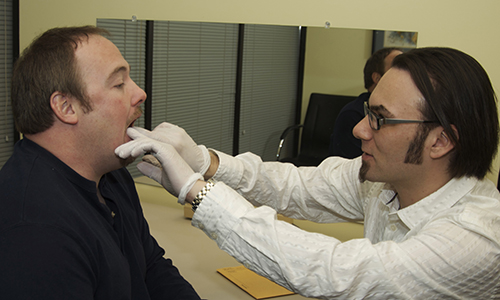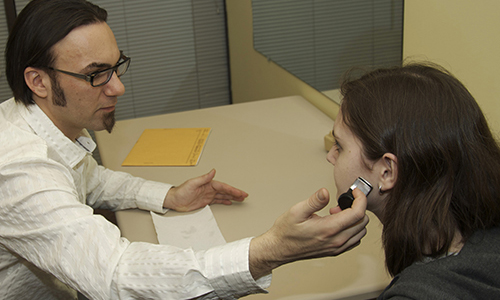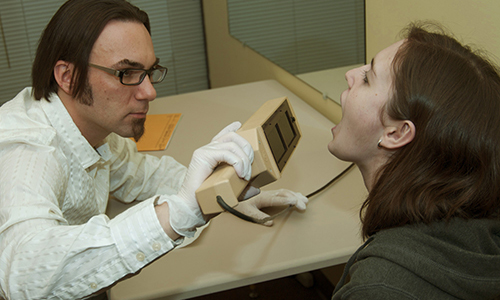

Oral facial muscle therapy that uses measurement and exercise to correct a deviated swallow, commonly called “tongue thrust.”
Myofunctional Therapy fine tunes the function of the oral facial muscles and tongue in order to achieve the necessary strength and habits for resolving oral motor conditions.
Working together with orthodontic, dental, and speech providers optimizes patients' results as well as increases the retention of their treatments.
When combined with scientific measurement, Myofunctional Therapy enables a therapist to evaluate symptoms, diagnose the oral motor disturbance, and prescribe appropriate treatment.
Myofunctional Therapy using measurement can improve a person’s quality of life. The oral facial muscles and tongue are the keys to achieving the necessary strength and habits for resolving oral motor conditions. All dental and speech professionals should be concerned with the oral facial muscle function because it directly affects the form. There is no limit to what can be achieved if the patient has the motivation to follow their customized treatment. By using scientific measurement, a myofunctional therapist can evaluate these symptoms and diagnose what the oral motor disturbance is and how to treat it. Photos taken before and after can further show facial toning and improvement of facial muscle weakness.
A person exhibiting symptoms such as malocclusion, oral Apraxia, TMJ, and protrusion of the tongue in repose is likely to have a deviated swallow, or “tongue thrust.” Review the complete list of symptoms to learn more about indicators that a deviated swallow is present.
Myofunctional Therapists need about two hours to fully evaluate new patients. A Myofunctional Evaluation includes observation of a patient’s breathing, eating, drinking, speech, facial symmetry and posture. The therapist takes several specific measurements to learn the baseline strength of the patient’s tongue, lips, and masseters. The evaluation also includes a focused observation of the starting swallow pattern, which is recorded for future comparison.
By the end of the diagnostic appointment, patients leave knowing their diagnosis, whether their muscles function in a normal range, recommended course of treatment, and what evaluation reports will be provided for other healthcare professionals included in their treatment.



Treatment for a deviated swallow or “tongue thrust” for dental cases consists of swallow and strengthening exercises designed to normalize a patient’s swallow pattern and maintain the form of the teeth. Patients with speech and eating issues will also use exercises for oral muscle strengthening and mobility. These customized treatment plans will focus on learning proper production of speech sounds and decreasing negative responses to certain textures of foods. Their treatment includes presentation of materials visually, auditorially, and tactilely.